How to Write the Perfect Cover Letter Template
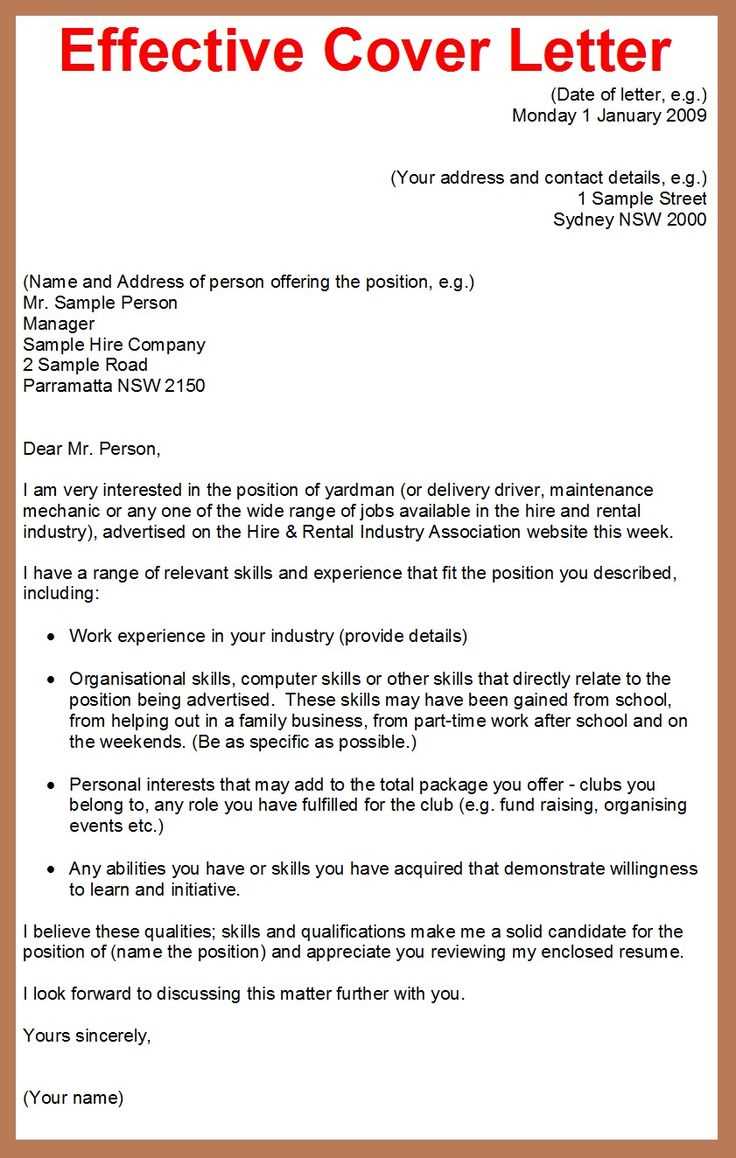
Securing a job interview often begins with a well-crafted introduction to your potential employer. Crafting an engaging message that highlights your qualifications, enthusiasm, and fit for the position is key to standing out in a competitive job market. Understanding what elements make an introduction compelling and memorable can greatly increase your chances of success.
Every communication you send represents an opportunity to showcase your strengths. A strong, personalized message can grab attention and set the tone for the rest of your application. To truly capture interest, it’s important to strike the right balance between professionalism and personality, ensuring you present yourself as a valuable asset to any team.
Effective structure and thoughtful language choices are essential. Instead of relying on generic phrases, aim to personalize your approach for each role, demonstrating genuine interest in the company and its mission. By focusing on clarity and relevance, you will create a lasting impression and increase the likelihood of progressing through the hiring process.
How to Start Your Cover Letter
First impressions matter, especially when introducing yourself to a potential employer. The opening lines of your message should immediately capture attention and set a professional tone. A well-crafted beginning provides context, sparks interest, and encourages the reader to continue.
Begin by addressing the recipient directly. If possible, use their name, as this adds a personal touch and shows you’ve done your research. If a name isn’t available, use a formal greeting such as “Dear Hiring Manager” or “To Whom It May Concern.” Following this, briefly introduce who you are and explain your interest in the specific position. Keep the introduction concise but impactful, giving just enough to pique curiosity without overwhelming the reader.
Clarity and professionalism are key in this section. Avoid vague statements and instead, provide clear reasons for your enthusiasm about the opportunity. Mention how your skills align with the company’s values or needs, creating an immediate connection between your background and their requirements.
Choosing the Right Tone and Style
Setting the appropriate mood and style is crucial when composing a professional message. The way you communicate reveals much about your personality and professionalism. Striking the right balance between formality and approachability can make all the difference in how your application is perceived.
Professional Yet Personal
It’s important to maintain a formal tone, but that doesn’t mean you should sound robotic or distant. You want to convey confidence and competence without coming across as too stiff. A friendly yet respectful approach can make your message more engaging and memorable. Always remember, being personable is a key element of building rapport with potential employers.
Understanding the Company’s Culture
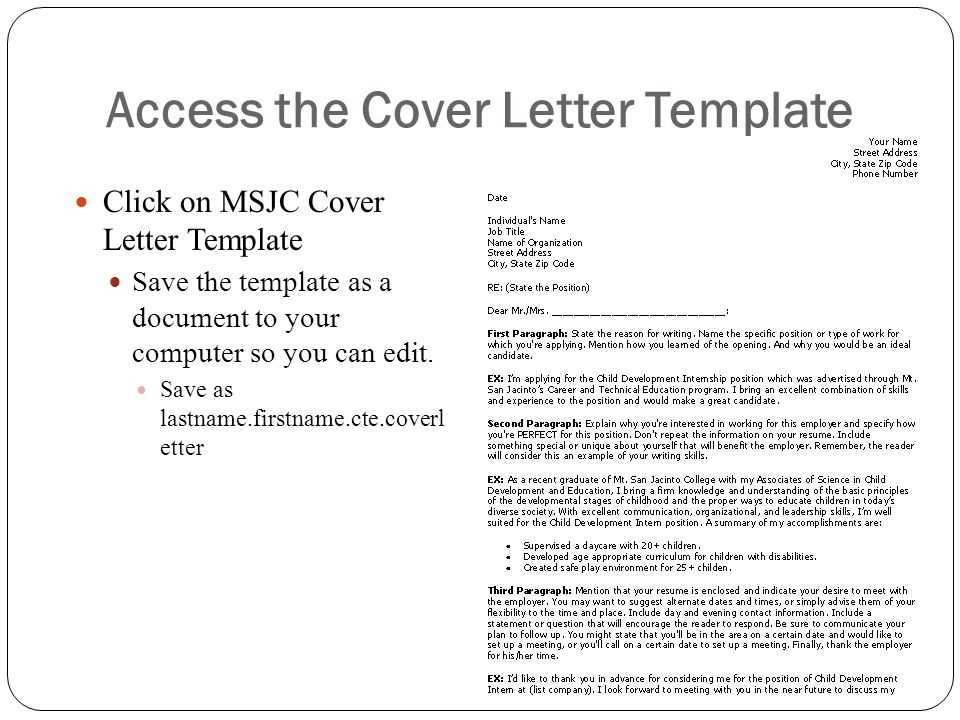
Before you begin, take time to research the company’s values and communication style. Some organizations favor a more relaxed, conversational approach, while others may expect a traditional, business-like tone. Tailoring your message to fit the company’s culture shows that you understand their environment and can adapt to it.
Adaptability is key. A message that sounds too casual for a corporate setting might undermine your qualifications, while an overly formal tone may come across as impersonal. Aim for a balance that reflects both your personality and the company’s expectations.
Key Components of a Strong Cover Letter
A compelling job application introduction consists of several essential parts. Each section serves a specific purpose, working together to create a cohesive and persuasive message. Understanding these key elements can help you craft a more impactful and effective communication.
Introduction
The opening should immediately grab attention while providing context. Briefly introduce yourself and state your interest in the specific position. Highlight how your skills or experience align with the job requirements in a way that makes the reader want to continue.
Body
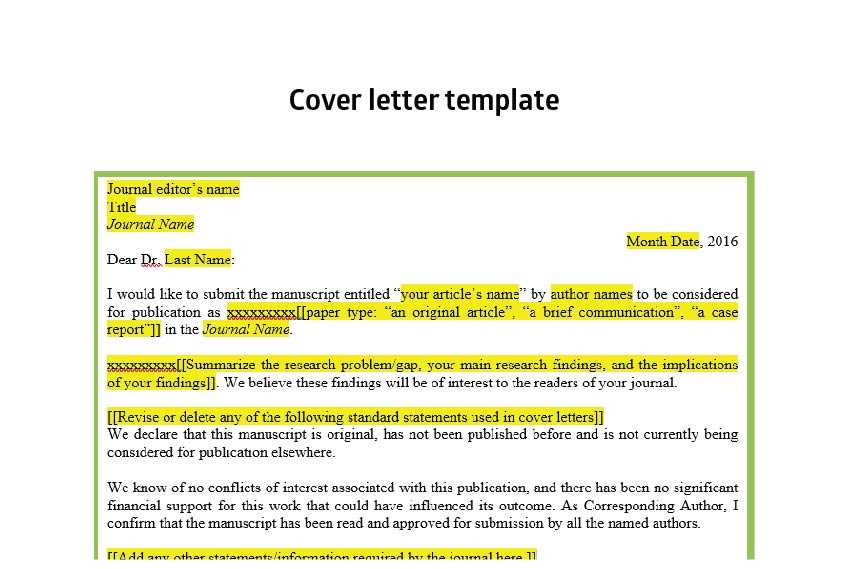
The main body of your message is where you highlight your qualifications and demonstrate why you are a strong fit for the role. This section should be tailored to the company’s needs and the position’s demands.
- Relevant Experience: Mention specific skills or experiences that match the job description.
- Achievements: Showcase past accomplishments that demonstrate your value and contributions.
- Company Fit: Explain why you are excited about the company and its culture, demonstrating alignment with its values.
Conclusion
Conclude by reiterating your interest in the position and expressing gratitude for the opportunity. Encourage the reader to reach out for further discussion or interviews. A strong closing reinforces your enthusiasm and professionalism.
Essential Sections to Include
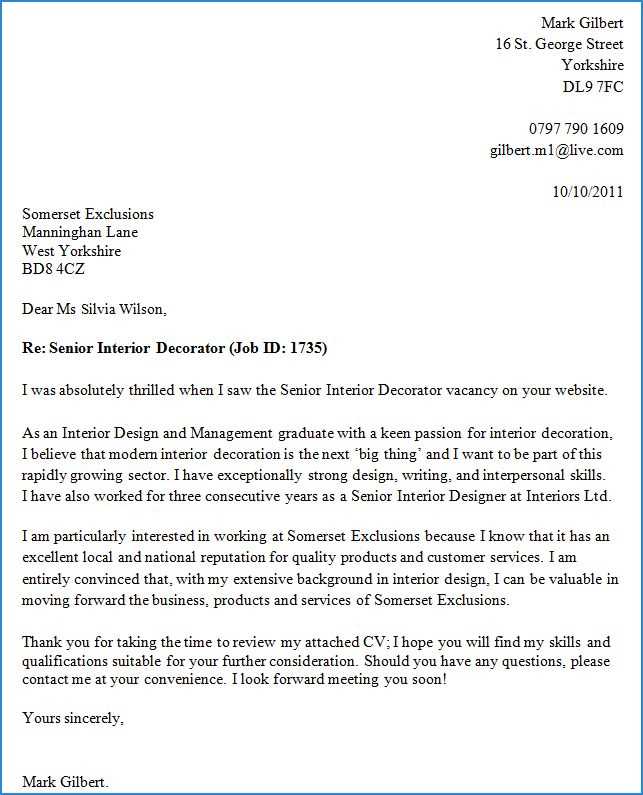
Each message you send to a potential employer should contain key elements to effectively present your qualifications and intentions. These components work together to build a professional and persuasive introduction, ensuring clarity and relevance. Including the right sections in the right order will increase the likelihood of making a strong impression.
| Section | Description |
|---|---|
| Header | Include your contact information, followed by the recipient’s details. Ensure clarity and professionalism. |
| Salutation | Start with a polite greeting, using the recipient’s name if possible, or a respectful general address. |
| Introduction | Briefly introduce yourself and state your interest in the role, indicating why you’re a strong candidate. |
| Main Body | Highlight relevant skills, achievements, and experience that align with the company’s needs. |
| Closing | Reaffirm your enthusiasm and express gratitude for the opportunity. Encourage next steps like interviews. |
| Signature | Sign off professionally with your full name and any relevant contact details. |
Common Mistakes to Avoid
When composing a professional introduction to a potential employer, it’s easy to fall into certain traps that can undermine your message. Avoiding common errors is crucial to ensuring your application stands out for all the right reasons. Being aware of these pitfalls helps maintain professionalism and clarity throughout the process.
- Using a Generic Approach: Tailoring your message to the specific company and position is essential. Generic content can come across as uninterested or lazy.
- Overloading with Information: While it’s important to showcase your qualifications, overwhelming the reader with excessive details can detract from the key points you want to highlight.
- Failing to Proofread: Spelling and grammatical mistakes can easily be avoided but often ruin the credibility of your message. Always review before sending.
- Using Informal Language: While being personable is important, overly casual language may come off as unprofessional. Stick to a respectful tone throughout.
- Being Too Vague: Avoid vague phrases or buzzwords that don’t provide concrete examples. Be specific about your achievements and qualifications.
- Overuse of Clichés: Phrases like “I’m a quick learner” or “team player” can sound generic. Focus on real examples of how you’ve demonstrated these traits.
Ensure Your Letter Stands Out
To capture the attention of hiring managers, it’s essential to present a unique and compelling introduction. The key to standing out lies in highlighting your distinctive qualities and aligning them with the company’s needs. Focus on demonstrating your enthusiasm, passion, and how you bring value beyond just meeting job requirements.
Incorporating personalized details, such as referencing specific company achievements or mentioning shared values, can help differentiate your message. Avoid generic phrases and aim for a direct connection with the role and organization. Show that you’ve researched the company and are genuinely invested in contributing to its success.
Additionally, consider your tone and formatting. Professional yet engaging language can make a significant impact, while a clean, easy-to-read layout ensures your message is accessible. Tailor your approach for each opportunity to ensure maximum effectiveness.
Personalizing Your Template
Creating a meaningful and impactful introduction requires more than just filling in basic information. Customizing your content for each application allows you to highlight why you’re a unique fit for the role and how your skills align with the company’s objectives. Personalization demonstrates effort and genuine interest in the position.
Researching the Company
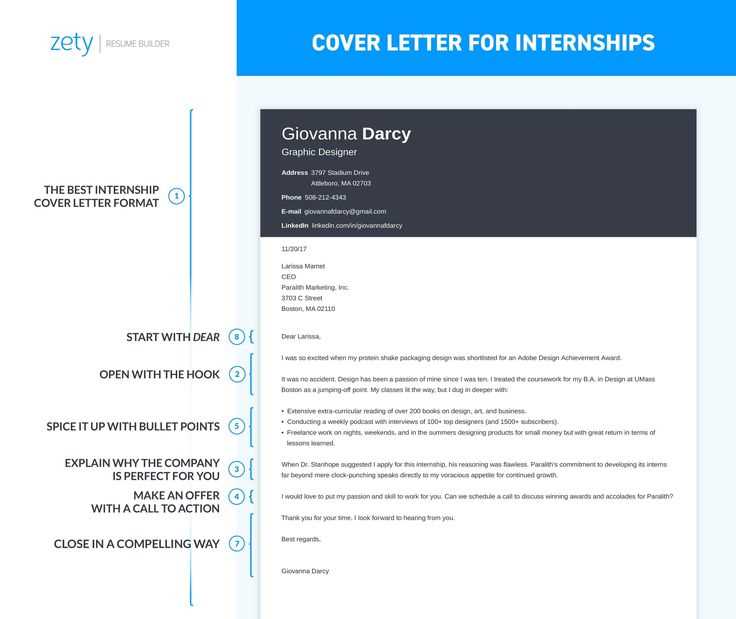
Before you begin, take time to understand the company’s culture, mission, and values. Mention specific projects, initiatives, or achievements that resonate with you. This shows that you’ve done your homework and are genuinely excited about the opportunity to contribute.
Addressing the Right Person
Whenever possible, direct your message to a specific person, such as the hiring manager or department head. Avoid generic salutations like “To Whom It May Concern.” This small detail helps your application stand out and adds a personal touch.
How to Tailor for Each Job
Adapting your communication for each position is essential to showcasing how your skills and experience align with specific job requirements. A one-size-fits-all approach rarely works, as employers want to see that you’ve taken the time to consider their unique needs and expectations.
Highlight Relevant Skills
Focus on showcasing the skills and experiences that directly relate to the job description. Use keywords from the job posting and demonstrate how your abilities make you an ideal candidate for the role. Be sure to provide concrete examples of how you’ve used those skills successfully in previous positions.
Align with Company Values
In addition to emphasizing relevant experience, it’s important to show that your values and goals align with the company’s mission. Mentioning specific initiatives or values from the organization helps you appear more in tune with their culture, making your application stand out as a personalized, thoughtful submission.